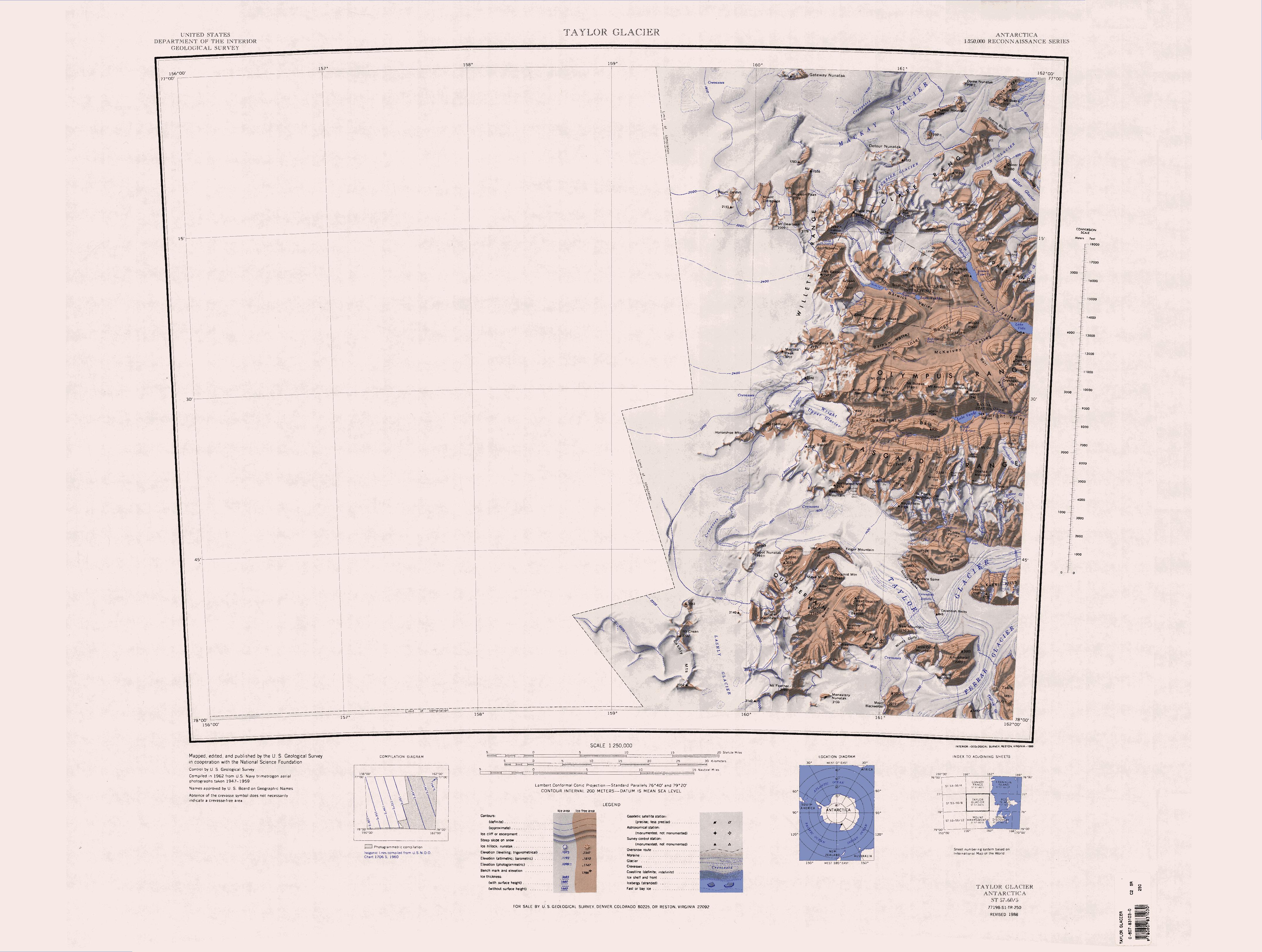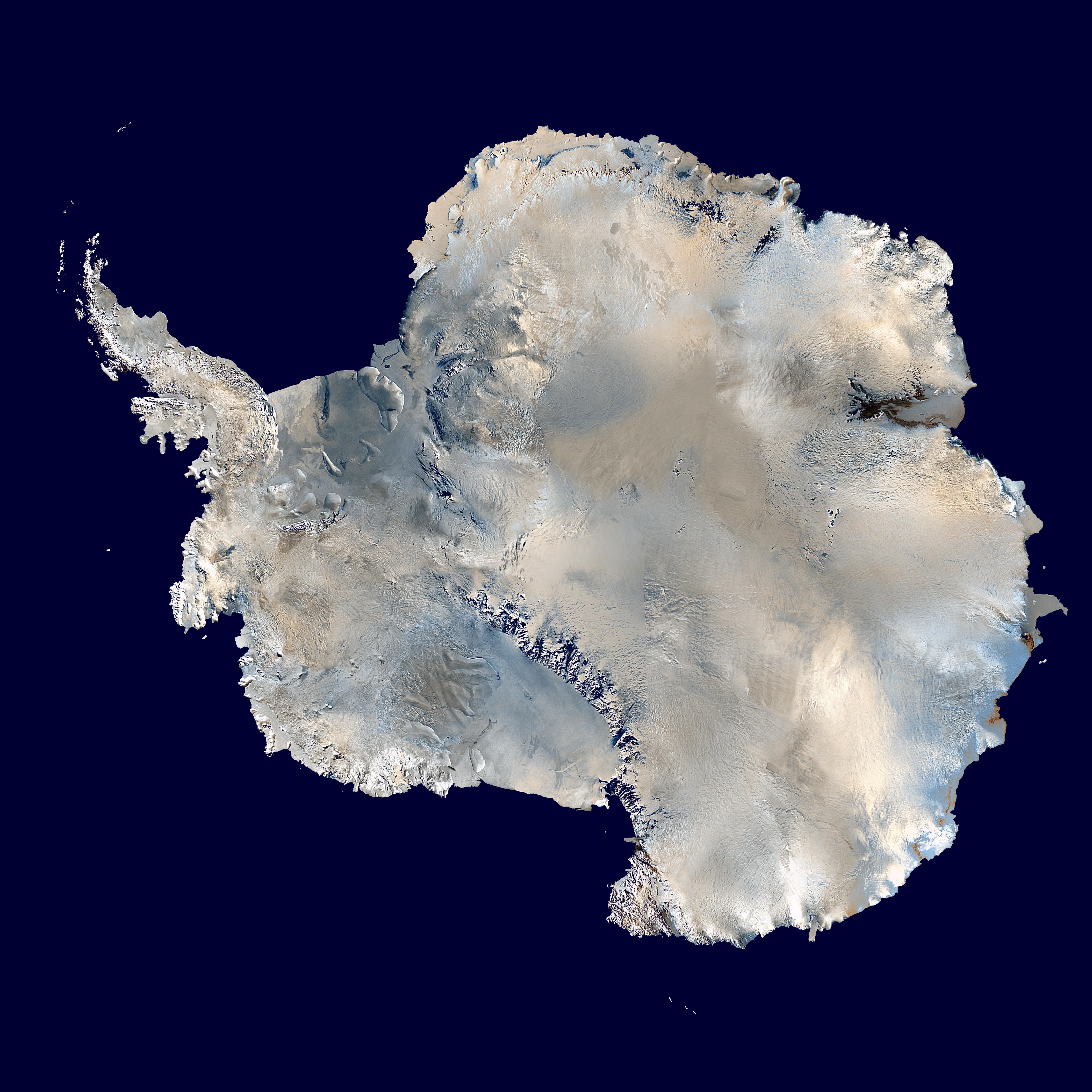|
Pivot Peak
The Wilkniss Mountains () form a prominent group of conical peaks and mountains, long running north–south, located east-southeast of Mount Feather in the Quartermain Mountains, Victoria Land, Antarctica. The mountains are wide in the north portion where Mount Blackwelder, high, and Pivot Peak high, rise above ice-free valleys. Except for an outlying southwest peak, the south portion narrows to a series of mainly ice-covered smaller peaks. Name The Wilkniss Mountains were named by United States Advisory Committee on Antarctic Names (US-ACAN) in 1992 after Peter E. Wilkniss, a chemist who from 1975 has served in various positions at the National Science Foundation, including Deputy Assistant Director of the Directorate for Scientific, Technological, and International Affairs; Director, Division of Polar Programs, 1984–93; senior science associate to the assistant director for Geosciences, from 1993. Location The Wilkniss Mountains are south of the Knobhead massif, the ... [...More Info...] [...Related Items...] OR: [Wikipedia] [Google] [Baidu] [Amazon] |
Antarctica
Antarctica () is Earth's southernmost and least-populated continent. Situated almost entirely south of the Antarctic Circle and surrounded by the Southern Ocean (also known as the Antarctic Ocean), it contains the geographic South Pole. Antarctica is the fifth-largest continent, being about 40% larger than Europe, and has an area of . Most of Antarctica is covered by the Antarctic ice sheet, with an average thickness of . Antarctica is, on average, the coldest, driest, and windiest of the continents, and it has the highest average elevation. It is mainly a polar desert, with annual Climate of Antarctica#Precipitation, precipitation of over along the coast and far less inland. About 70% of the world's freshwater reserves are frozen in Antarctica, which, if melted, would raise global sea levels by almost . Antarctica holds the record for the Lowest temperature recorded on Earth, lowest measured temperature on Earth, . The coastal regions can reach temperatures over in the ... [...More Info...] [...Related Items...] OR: [Wikipedia] [Google] [Baidu] [Amazon] |
Skelton Glacier
Skelton Glacier () is a large glacier flowing from the polar plateau into the Ross Ice Shelf at Skelton Inlet on the Hillary Coast, south of Victoria Land, Antarctica. Naming and exploration Skelton Glacier was named after the Skelton Inlet by the New Zealand party of the Commonwealth Trans-Antarctic Expedition (CTAE), 1956–58. The glacier was chosen in 1957 as the New Zealand party's route from the Ross Ice Shelf to the Antarctic Plateau. The Arctic Institute of North America organized two ground traverses in the antarctic summer of 1959–60 sponsored by the United States Antarctic Research Program. The first left New Zealand's Scott Base on 16 October 1959, crossed part of the Ross Ice Shelf, and on 27 October 1959 reached the foot of the Skelton Glacier. They traversed up the heavily crevassed glacier to a fuel cache deposited on the edge of the Victoria Land plateau by planes of the United States Navy and Air Force. From there they travelled more than to the end station ... [...More Info...] [...Related Items...] OR: [Wikipedia] [Google] [Baidu] [Amazon] |


